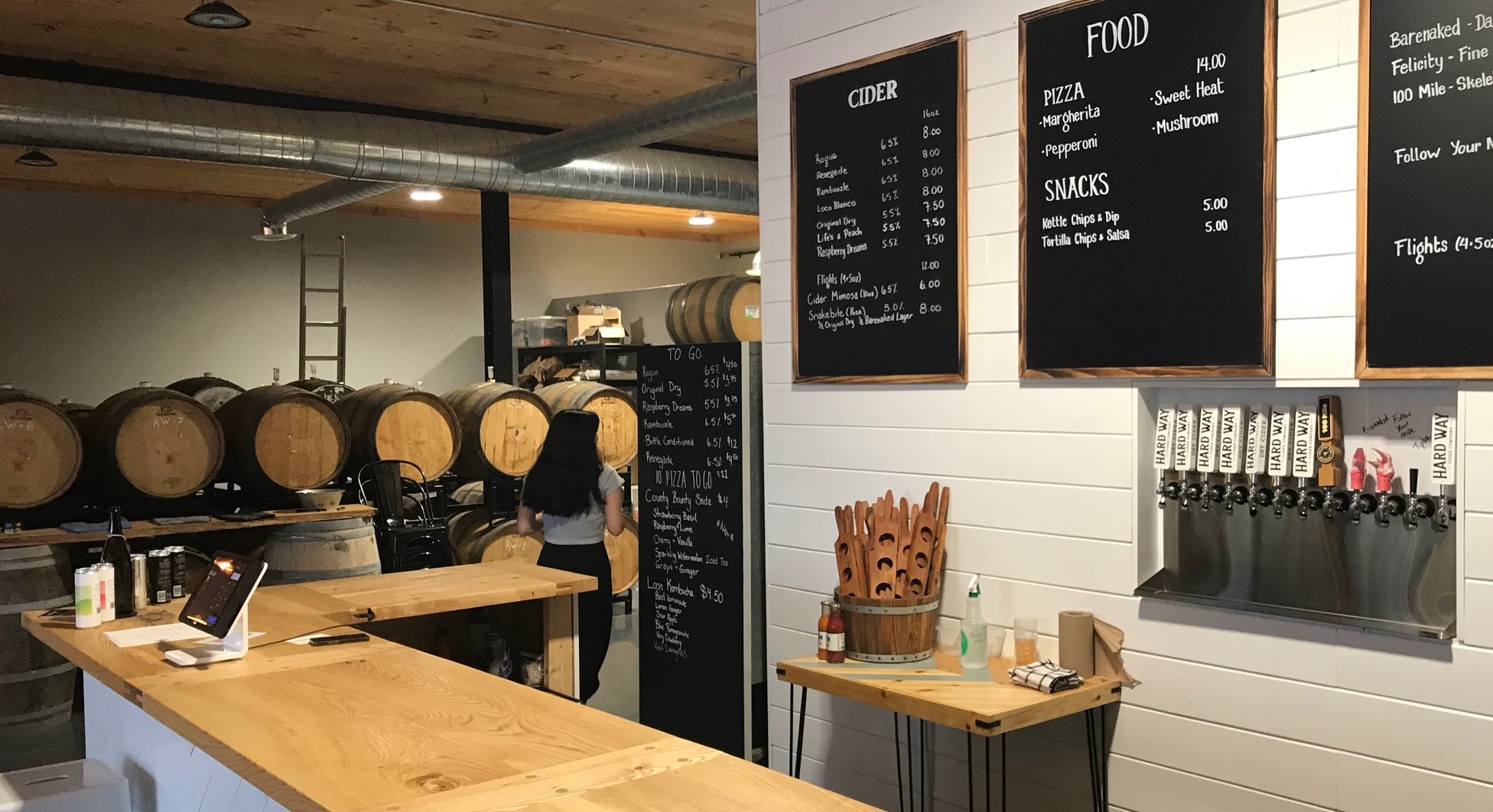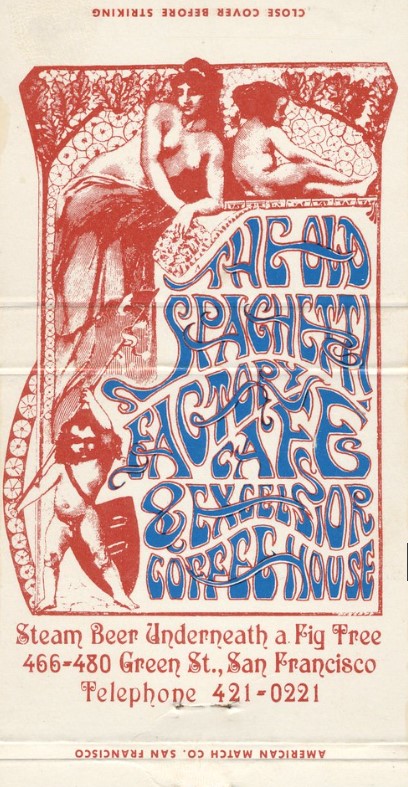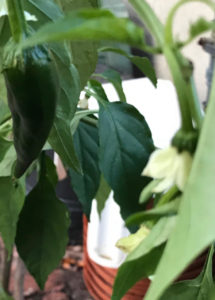 Lots going on this week. I am a bit surprised that there is a lot going on this week. Not a lot of good stuff, to be honest. “Good” in the sense of rewarding, interesting and new. See… umm… that which is going on includes some goings away as well as some goings on and some other stuff the needs to be long gone. Raspberries are still going on, however, I can tell you that. Look at that! That’s really good. That’s just out by the shed. Mere feet away. You know, September is ending with warmth in the low 20s C as well as a bit of a drought. Both welcome and a bit odd. Still nothing near frost forecast out into mid-October.
Lots going on this week. I am a bit surprised that there is a lot going on this week. Not a lot of good stuff, to be honest. “Good” in the sense of rewarding, interesting and new. See… umm… that which is going on includes some goings away as well as some goings on and some other stuff the needs to be long gone. Raspberries are still going on, however, I can tell you that. Look at that! That’s really good. That’s just out by the shed. Mere feet away. You know, September is ending with warmth in the low 20s C as well as a bit of a drought. Both welcome and a bit odd. Still nothing near frost forecast out into mid-October.
Speaking of things which are welcome and maybe a little odd, Martin guided me to a new beer blogger, the Beer Moose (no, I don’t know) who is covering the pub scene in Cambridge, England:
Is this something I’ll forget to do or give up on in a month’s time? Maybe. But I’m going to try! I’m also not doing this for financial gain, but if you fancy giving me a big bag of money for writing about something then I’ll likely do it. Where does the name Beer Moose come from? Is it linked to Cambridge United having Marvin The Moose as a mascot? Well I like beer and from an early age my sister called me Moose, it kind of stuck as my family nickname. The Cambridge United bit is just a coincidence. Let’s see how this turns out.
Now I know! Welcome aboard! And, also always welcome, Liam has shared another of his pieces on Ireland through the lens of 50 distinct brewing artefacts, this time (a bit of a cheat by my math) two objects:
These are the last relics of what was a huge industry of the past, where most of the beers consumed on this island were served in pint, half-pint and one-third-of-a-pint bottles, and when bottling companies as well as the publicans themselves bottled huge amounts of the output from Ireland’s breweries… So in most of Ireland the bottle was the most common way of drinking beer both at home and in the pub, but our love for the pint bottle is a relatively recent affair, as the half pint version was the most popular way of serving most beers for decades here, and certainly for a long period after the formation of the state in the 1922. It remained so until Draught Guinness and other draught keg beers became popular, and took over the pub beer sales in most of country. So these bottles -especially the smaller size – would have been a familiar sight in pubs, grocery shops and homes throughout Ireland.
Speaking of Ireland (…you were, weren’t you? I know I was…) the Beer Nut* there situated has reviewed** some fruity drinks from Lithuania which attracted these firm conclusions:
It doesn’t keep the beer from being quite boring, but at least it gives it some level of character. I guess I should be happy it’s not a sugary mess, but I don’t really see the point of it… I will award it some credit for not tasting like toothpaste, but it’s also not far off it. I think the concept is sound but the execution isn’t great: everything should be brighter and fresher-tasting, even allowing for the ten months it had been in the can… I don’t know if the brewery has other versions of this but I think the recipe could be a good fit for all sorts of other fruit. Sometimes the crazy recipes work, and sometimes they don’t. Guesswork based on the description is pointless.
I also mention the firmness of conclusion due to my own unhappy conclusion which I shared at Boak and Bailey’s last weekend. I don’t really don’t like to do that (a fact which some of you may be surprised to learn) as it comes across as such a downer in this discourse… except, however, that this exactly the point that needs to be made and what sets The Beer Nut* apart. I wrote:
“…which are all very well made of course…” Not a comment on the post as a whole – but there’s the issue with taking beer cultural serious right there, neatly summed up. Nothing in human experience qualifies for that sort of blanket statement.
No need to go hunt out what I was responding to, given that this sort of flappy flap flap is such a pervasive understanding of what is appropriate when discussing good beer – and yet it’s the opposite of what we get from TBN. We need to be aware that the centralized, homogenized and definitely authorized “Hooray for Everything!” approach circa 2009 may as well be a call to “Keep Craft Dull!” I mention this also because of the really odd revisionist piece posted at GBH this week that wants to reverse engineer (again) the history of US craft, even as it now lays in splinters about its feet, to praise those who frankly wielded the hatchet on their way out the door:
Ogle has also tracked this fracturing. She points out that for decades, the Brewers Association (BA), under Charlie Papazian’s leadership, was as much a unified craft beer marketing and public relations organization as it was a lobbying group. The BA was also an unofficial kingmaker, elevating certain figureheads to speak on behalf of craft beer to the public and the media. She calls the BA “the axis” that oriented the craft beer industry for 25 years. “It was a smaller pool, so very flamboyant people like Greg Koch [of Stone Brewing] or dead serious people like Jim Koch [of Boston Beer] and Kim Jordan [of New Belgium Brewing] and Carol Stoudt [of Stoudt’s Brewing] rose to the top,” Ogle says. “I get the distinct impression that the BA’s role is now lobbying more than marketing and PR.”
(Note: the BA under Papazian has been around for just 18 years.) For my money, many of those named in large part represent the fantastically unfortunate cult of personality which, yes, may have revived US microbrewing’s fortunes after the slump and scandals through (i) the formation of the merged BA as PR voice around 2005, (ii) the shift from micro skills to craft evangelizing in the parlance and (iii) the adoption of haigiographic leader praise comms. None of this has to do with Maureen Ogle’s correct historical statements (including the telling use of “unified”) yet… framing them in a larger story that suggests a lost Golden Age has passed (rather than a botched plan by a few to control the marketplace, to achieve the 20% in 2020 for big craft, to sucker the new entries and inflate costs to the consumers) is, well, really not all that palatable given how we now know these times and the players also watched as industry wide bigoties and false great white male hero narratives continued while plans were being made to cash out were being prioritized. It’s all one: making that money and having a sweet sweet comms team structured as a trade association. Thank God for the return in recent years to the actually small and skilled – the nanos and the taprooms – which has sent off that ugly era and opened up the trade to some fresh air. Still… a bit depressing seeing that these three particular voices are losing interest due to the lingering pong. But we can all understand why they’ve lost the love. Which leads us to this week’s piece in Pellicle by AJ Cox, I suppose. Yes, I suppose it does:
We are potentially on a slippery slope of exclusion and exceptionalism that is being enabled by people who are focused on building reputations built on marketing, hype beer, and the extreme hero worship of both legendary head brewers and “beer experts”. The awards, the accolades and the influencer culture surrounding beer are not inherently problematic on their own, but as we examine the impact on real people and the demographics of taprooms we can conclude that there are unintended consequences as we strive for elitism in an industry whose main product is a foodstuff that was originally made and consumed by the working class.
Excellent stuff – but why “potentially” when “self-evidently” will do? Hmm. It all makes clear that, as David Jesudason points out, taking a supposed neutral stance is just another form of complicity (as the Cask Ale Week folk learned this week):
…this is where a ‘neutral’ industry body found itself when it was approached by GB News to help promote cask beer by filming a piece with the White Lion pub in Beeston, Nottinghamshire. By not taking an anti-racist stance it allowed itself to be attached to a far-right operation that on the same day spouted conspiracy theories, misogynist bile and the usual attacks on anyone who isn’t a white male of a certain age. Any low level due diligence on GB News would bring to light its various platforming of hideous voices, its numerous Ofcom investigations and its vitriolic campaigns against protected groups, such as the trans community.
Exactly. What a mess! Still… there is good out there. Which makes the piggish bigorties so irritatingly unnecessary. Matt, as he often does, gives hope in this opinion piece in What’s Brewing. There is an opposite end of that line to which global craft is tied, the local tradition:
Somehow, the combination of these pubs, and their welcoming atmospheres, combined with this quintessentially traditional beer, gave me those same feelings of both excitement and contentment I felt when touring American taprooms more than a decade ago. Perhaps this isn’t about getting older, in a numerical sense, but finding a different level of maturity in terms of beer drinking. When the new wave of American-inspired breweries opened in their droves across the UK, we called it “craft beer”. To them, being disruptively different to the norm was the point. As they’ve gotten older both these breweries, and the people, like me, who drank their beer, have realised that, actually, we had it pretty good all along. Traditional British beer, and the pubs that sell it, is the very essence of “craft” beer.
I might have concluded that thought a bit differently (ie “cask” is all that “craft” isn’t) but you can see the point. The stuff is quite nice in itself. And there are , of course, other lovely things as Martin* shows us over and over, this time an excellent essay with accompanying photos from the hometown of Phil “Philthy Animal” Taylor of Motörhead:
It was very quiet. Two old boys studiously ignored me as I tried to gain the attention of the bar steward who seemed to be in the cellar. “Am I invisible ?” I wondered. I walked from one bar to the next, contemplating whether to cough or go “Hulloah there“, but I couldn’t muster either. In most situations like this one of the locals will intervene on your behalf and shout “Customer, Dave” (it’s always a Dave), but here I was studiously ignored for 5 minutes before being asked “You looking for someone ?“. Er, no, just a beer.
And Gary is still sifting for clues through the 1900s and came up with this interesting piece on British military drinking habits round about WWII: “Pink gin is the navy drink, scotch and soda is the army drink and beer is the R.A.F. drink…” But what is the drink of the Lord Warden of the Cinque Ports? One should write and ask.
And there is plenty of good advice being shared, too, to make you a more thoughtful consumer and less of a gate keeper – especially for those considering learning more about wine. Just look at this bit of info on being a better host sharing the good stuff when people you like are paying a bit more attention:
It’s easy to get eight pours out of a standard 75-cl bottle. Don’t worry about the level of wine in the glass; for maximum pleasure (swirling, sniffing and all that), no glass should be more than a third full. At a professional wine tasting – as opposed to drinking wine with food at a table – wine producers and merchants reckon on a good 20 pours a bottle. For a more social wine tasting, an early-evening get-together of people trying to learn a bit more about wine for instance, roughly 15 pours a bottle is a useful allowance for six to eight different wines. But that would make about half a bottle of wine available to everyone, and social tasters are much less likely to spit out the wine than wine professionals
And, perhaps even better, look at the gentle day that Barry had this week at the press making his cider and perry:
Anyone else who says they like working with bletted pears is either a liar or some kind of masochist. All other runs got 70L in 25 mins from each pressing. This paste has yielded less than 40 after an hour. I fucking hate it. Letting it run tho, I want 50 at least!
Such Joy! And how to figure out if you are getting the best information in your hunt for the best? As B+B noted a few weeks ago, the rules of scribbling behaviour offered by cellarman and writer, Steve Dunkley are valuable but perhaps more so is this observation:
I wanted to be a beer writer many years ago. But I got disillusioned by the articles I was reading. I knew the people and the background to the stories, but I had a completely different experience and view to what was being written by respected journalists. How could that be? Obviously I was missing something, so I carried on as a cellarman, and eventually as a brewer. But during those intervening years I learned what I was missing, or rather what I wasn’t missing. And that was different views.
That’s it. We want different views, we want a vibant and rish ecosystem. Yes, there is a massive bit of intertia between here and there for the most part – vested interests and the “I’m all right Jack” dullards. Will we get there? Who knows! But that’s one thing that keeps me reading. That and the spicy infighting. By the way, if you like spicy, check out the bad language in the lead up to a great interview on Beer & Bullshit this week with Troy Burtch of Great Lake Brewery in Toronto. Then check out the great interview.
But be honest: we also want all the agricultural news, like this:
The global supply outlook remains tight though, and quality too is in focus considering the difficult harvest for many across the EU and UK especially. In France, most winter barley has been meeting malting requirements according to FranceAgriMer. But specific weights are varying following stormy conditions over summer. Spring barley results look more variable. In the UK, rain at harvest caused difficult conditions and germination data varies by region. With harvests finishing up, more data will be coming available indicating quality of barley crops.
And here is the longer term forecast according to The Financial Times:
Atsushi Katsuki, who has headed the Japanese brewer since 2021, said analysis conducted by the company found that global warming was set to reduce barley yields and the quality of hops significantly over the next three decades, and warned of a beer shortage. France’s spring barley harvest could decrease 18 per cent by 2050 under the UN’s 4 degree scenario, the most severe, while Poland’s harvest would shrink 15 per cent. The quality of hops, a key component for the preservation as well as the flavour of beer, would decline 25 per cent in the Czech Republic, one of the world’s largest hop producers.
Fuck… what a drag. But on that cheery note… that is that! Finito!! Again!!! Unbelievably, still no new drunk elephant stories this week. I looked, I tried Stan. Here’s a vintage situation from Ireland of all places. And you can serve yourself under the sign of the elephant in Michigan… but it’s not the same thing.
Still, as per always and forever, you can check out the many ways to find good reading about beer and similar stuff via social media and other forms of comms to connect. How do they rank today? Well, TwitterX is still the first stop followed by (for beer, not cousins) Facebook but BlueSky has rapidly moved past the beery Threads presence. Mastodon also ranks above Threads with IG and Substack Notes really dragging and that deservedly dormant Patreon presence just sitting there. So the rankings are T/X, BS and Masto maybe tied, then Threads with IG close behind then Substack Notes and Patreon at the bottom. Seven plus a blog! I may be multi and legion but I do have priorities. All in all, I still am rooting for the voices on Mastodon, like these ones discussing beer, even though it is gardening Mastodon that really wins:
Alan McLeod | A Good Beer Blog (… me…)
Stan Hieronymus | The Man!
Boak & Bailey | The B² experience
Curmudgeon Ale Works | Jonathon is Brewing
Katie Mather | Shiny Biscuit and Corto
David Jesudason | “Desi Pubs” (2023) author
BeoirFest | They say “Let’s Talk Beer”
Ron Pattinson | The RonAlongAThon Himself
Al Reece AKA Velky Al | Fuggled
Jennifer Jordan | US hops historian
Andreas Krennmair | Vienna beer and lager historian
Beer Ladies Podcast | Lisa Grimm and colleagues
The Bar Towel | Toronto’s chat zone for beer lovers
Chicago Beer Society | Folk in Chicago getting social over beer
Jay Brooks | Brookston Beer Bulletin
Joe Stange | Belgian beer expert, beer magazine editor
Cider Bar | Barry makes Kertelreiter cider
Laura Hadland | CAMRA historian and beer writer
Brian Alberts | US beer historian
Jon Abernathy | The Beer Site
Maureen Ogle | US Beer Historian
Lars Garshol | Norwegian Beer Historian and Kveik Hunter
James Beeson | Beeson on Beer
Carla Jean | MAINER!!!
Thandi Guilherme | Beer Ladies Podcast Co-host
Lisa Grimm | Beer Ladies Podcast Co-host
Roy of Quare Swally | Beery ramblings from Northern Ireland
Rob Talksbeer | Podcaster and Youtuber
Anthony Gladman | UK Drinks Writer
Jeff Alworth | Manna Of Beervana
Northwest Beer Guide | Fairly self explanatory… but not NW Latvia…
Evan Rail | Prague based GBH editor, freelance writer, NYT etc.
Todd Alström | 50% of the Alströms
Jacob Berg | Beer talking librarian
Anyone else? And, yes, we also check the blogs, podcasts and newsletters to stay on top of things (though those things called “newsletters” where 1995 email lists meet the blogs of 2005 may be coming to an end of value if the trend with so many towards the dull dull dull means anything) including more weekly recommendations from Boak and Bailey every Saturday and Stan at his spot on those Mondays! Get your emailed issue of Episodes of my Pub Life by David Jesudason on many Fridays. And Phil Mellows is at the BritishBeerBreaks. Once a month, Will Hawkes issues his London Beer City newsletter and do sign up for Katie’s now much more occassional but always wonderful newsletter, The Gulp, too. Ben’s Beer and Badword is back! And check out the Atlantic Canada Beer Blog‘s weekly roundup. There is new reading at The Glass. Any more? Yes! Check to see the highly recommended Beer Ladies Podcast. And the long standing Beervana podcast . There is the Boys Are From Märzen podcast too and check out the travel vids at Ontario’s own A Quick Beer. There is more from DaftAboutCraft‘s podcast, too. All About Beer has introduced a podcast. There’s also The Perfect Pour. Plus follow the venerable Full Pint podcast. And the Craft Beer Channel on Youtube soon celebrating a decade of vids. And remember BeerEdge, too, and The Moon Under Water… if you have $10 a month for this sort of thing… I don’t. Pete Brown’s costs a fifth of that. There was also the Beer O’clock Show but that was gone after a ten year run but returned renewed and here is the link!
*…aka THE Beer Nut, aka The Beer Nut…
**also noted by B+B but no less noteworthy now due to that, your previous pre-notification.
***For the double!!















 The autumn leaves are a ways off falling but the time is coming fast. We have had nothing but great grass growing weather in these parts so more with the mowing than action with the rake so far. And as we say goodbye to saying goodbye
The autumn leaves are a ways off falling but the time is coming fast. We have had nothing but great grass growing weather in these parts so more with the mowing than action with the rake so far. And as we say goodbye to saying goodbye I was thinking of what to post as an image this week, given this time of mourning for HM**** QEII. And here it is – the declaration of the passing and proclamation of the new sovereignty… in
I was thinking of what to post as an image this week, given this time of mourning for HM**** QEII. And here it is – the declaration of the passing and proclamation of the new sovereignty… in  Moving away from that news and a little bit, what has gone on out there this week? Well,
Moving away from that news and a little bit, what has gone on out there this week? Well,